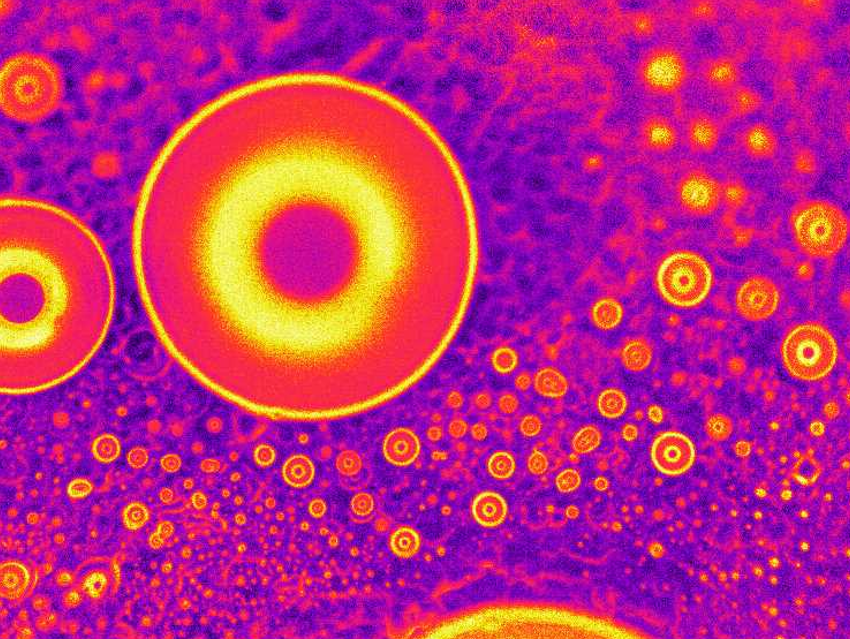Ice can hinder the use of, e.g., airplanes, ships, or wind turbines. Traditional de-icing methods can be highly time- and energy-consuming. Anti-icing coatings that prevent the formation and/or adhesion of ice on surfaces could provide an alternative.
Sushant Anand, University of Illinois at Chicago, USA, and colleagues have developed an approach to delay the freezing of water droplets on surfaces. The team used phase‐switching liquids (PSLs), which are liquid under ambient conditions, but solid at the freezing point of water, to coat the surface. They used cyclohexane, which has a melting point of 6.5 °C, as a model PSL. When a water droplet condenses on solid cyclohexane, the coating takes up the released heat and melts around the droplet. This causes the droplet to move and significantly delays freezing. Other organic compounds, such as dimethyl sulfoxide (DMSO), can also be used as a PSL.
PSLs can delay ice formation up to 300 times longer than state-of-the-art coatings. PSLs also have another advantage over other anti-icing coatings, which are liquid below 0°C: They are more resistant and need to be reapplied much less often. The coatings can also repel other liquids, such as motor oil, and thus, prevent the contamination of surfaces. Due to the melting and refreezing induced by the condensation of water on the surface, the coatings also have self-healing properties.
- Delaying Ice and Frost Formation Using Phase-Switching Liquids,
Rukmava Chatterjee, Daniel Beysens, Sushant Anand,
Adv. Mater. 2019.
https://doi.org/10.1002/adma.201807812


![Synthesis of [c2]Daisy Chains via Mechanochemistry](https://www.chemistryviews.org/wp-content/uploads/2025/04/202504_RotaxanesWithSolidStateMechanochemistry-125x94.png)

